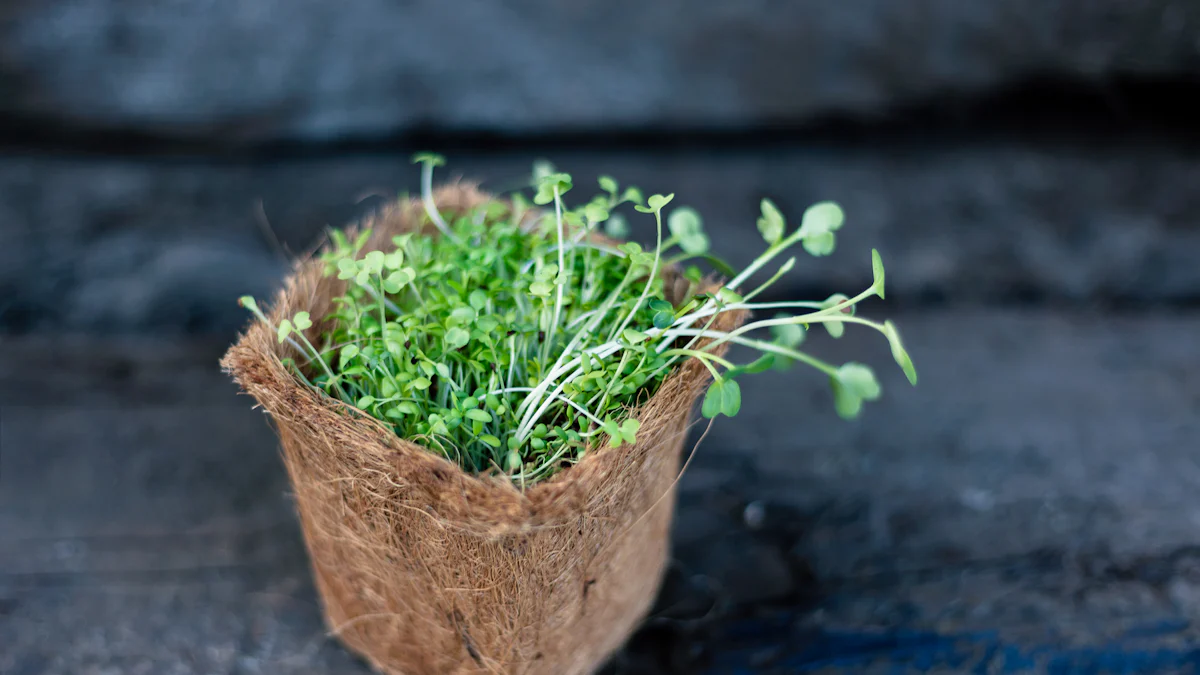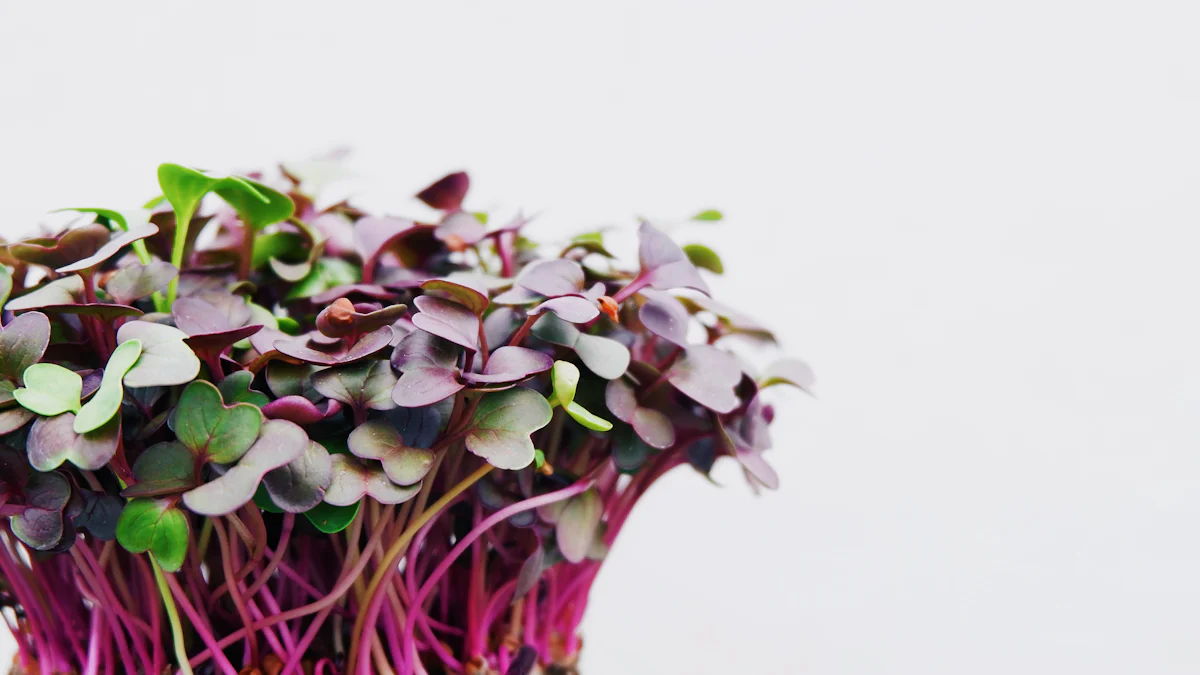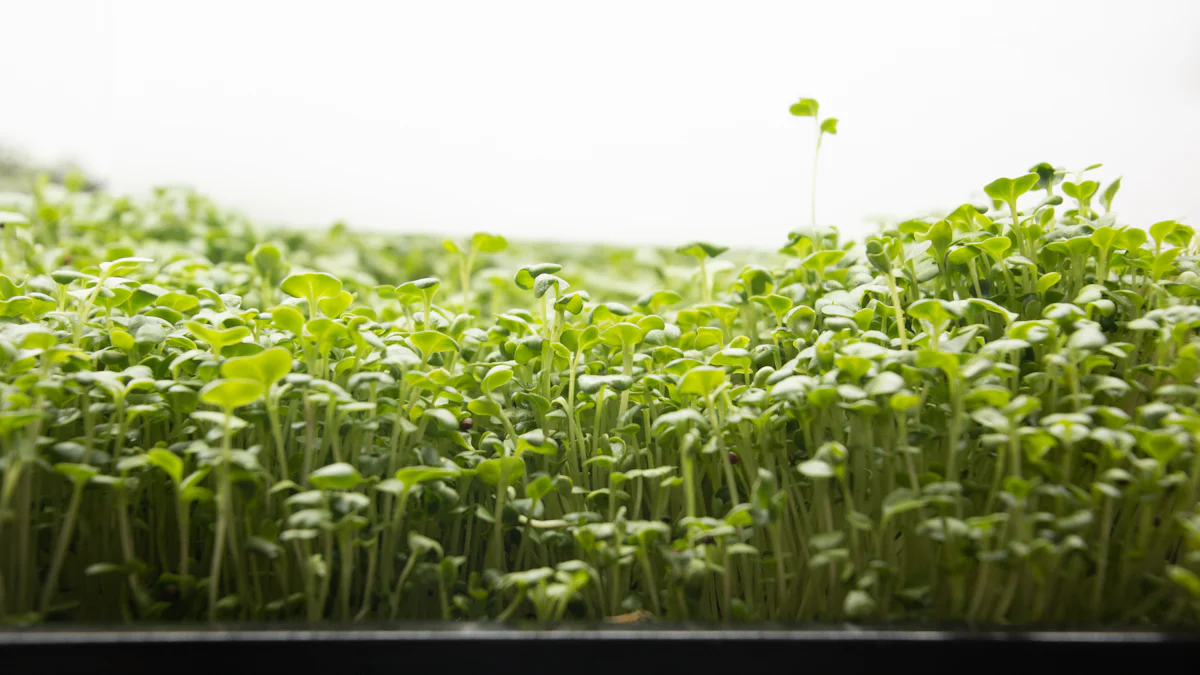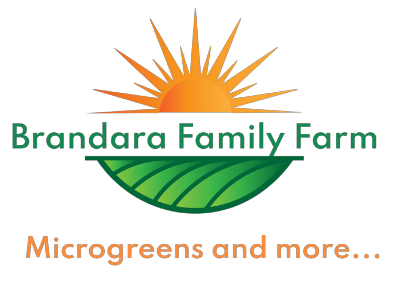
Microgreens offer a nutrient-rich addition to any diet. These tiny plants pack a punch with up to 40 times more nutrients than their mature counterparts. Studies show that microgreens contain significantly higher levels of essential vitamins and minerals, such as vitamins A, C, E, and K, as well as iron and calcium. Understanding the nutritional value of microgreens can help you make informed dietary choices. Including these vibrant greens in your meals not only enhances flavor but also supports overall health. Embrace the power of microgreens for a healthier lifestyle.
Understanding Microgreens
What are Microgreens?
Microgreens are young plants harvested at an early stage of growth. These tiny greens grow from the seeds of vegetables and herbs. The size of microgreens usually ranges from one to three inches tall. Despite their small size, microgreens contain a high concentration of nutrients. Research shows that microgreens have more vitamins and minerals than mature vegetables. These greens also offer a variety of flavors, from mild to spicy.
Definition and Characteristics
Microgreens are defined by their early harvest time. Farmers typically harvest microgreens within 7 to 21 days after germination. The short growing period allows microgreens to retain high levels of nutrients. The vibrant colors and delicate textures make microgreens visually appealing. Each type of microgreen has unique characteristics. For example, radish microgreens have a peppery taste, while basil microgreens offer a sweet flavor.
Common Types of Microgreens
A wide range of plants can be grown as microgreens. Some popular types include:
Broccoli: Known for its mild flavor and high vitamin C content.
Radish: Offers a spicy kick and contains antioxidants.
Kale: Provides a rich source of vitamins A and K.
Sunflower: Known for a nutty taste and high protein content.
Green Peas: Offers a sweet flavor and high fiber content.
How are Microgreens Grown?
Growing microgreens requires minimal space and resources. You can cultivate microgreens indoors or outdoors. The process involves simple steps that anyone can follow.
Growing Conditions
Microgreens thrive in a controlled environment. You need a shallow tray filled with soil or a growing medium. Adequate light is essential for healthy growth. Natural sunlight or artificial grow lights work well. Consistent moisture is crucial, so regular watering is necessary. The ideal temperature for growing microgreens ranges from 60°F to 70°F.
Harvesting Process
Harvesting microgreens is straightforward. Use scissors to cut the stems just above the soil line. The best time to harvest is when the first true leaves appear. This stage ensures optimal flavor and nutrition. After harvesting, rinse the microgreens gently to remove any soil. Freshly harvested microgreens should be stored in a refrigerator to maintain freshness.
Nutritional Benefits of Microgreens

Nutrient Content
Vitamins and Minerals
Microgreens offer a rich source of essential vitamins and minerals. These tiny greens contain significantly higher levels of vitamins A, C, E, and K compared to mature greens. The concentration of these nutrients in microgreens can be up to 40 times greater than in their fully grown counterparts. This makes microgreens an excellent choice for boosting your nutrient intake. Iron and calcium are also present in higher amounts, supporting bone health and oxygen transport in the body. Including microgreens in your diet can help meet daily nutritional needs efficiently.
Antioxidants
Antioxidants play a crucial role in protecting the body from oxidative stress. Microgreens are packed with antioxidants, offering more per serving than mature greens. These antioxidants help neutralize harmful free radicals, reducing the risk of chronic diseases. Vitamin C and carotenoids found in microgreens contribute to their antioxidant properties. Consuming microgreens regularly can enhance your body's defense against cellular damage. The high antioxidant content makes microgreens a valuable addition to a health-conscious diet.
Comparison with Mature Greens
Nutritional Differences
Microgreens and mature greens differ significantly in nutrient density. Microgreens contain higher levels of essential nutrients, making them more nutrient-dense than mature greens. Studies show that microgreens can have nutrient levels up to nine times higher than those found in mature greens. This includes vital nutrients like vitamin C, vitamin K, and various antioxidants. The compact size of microgreens allows for a concentrated dose of health-promoting compounds. Choosing microgreens over mature greens can provide a more potent nutritional boost.
Health Implications
The higher nutrient content in microgreens offers several health benefits. Consuming microgreens can support immune function, improve vision, and enhance overall well-being. The increased levels of vitamins and antioxidants contribute to disease prevention and health maintenance. Microgreens may also aid in reducing inflammation and supporting cardiovascular health. Incorporating microgreens into your meals can lead to improved health outcomes. The potential health benefits make microgreens a smart choice for those seeking to optimize their diet.
Health Implications of Consuming Microgreens
Potential Health Benefits
Disease Prevention
Microgreens can play a significant role in disease prevention. These tiny greens contain high levels of vitamins and minerals, which help reduce the risk of chronic diseases. Experts highlight that microgreens may lower the chances of cardiovascular disease and chronic kidney disease. The nutrient-rich nature of microgreens supports overall health and well-being. Including microgreens in your diet can help address mineral deficiencies and promote long-term health.
Boosting Immunity
Microgreens offer an excellent way to boost your immune system. The high concentration of vitamins A, C, and E in microgreens strengthens the body's defense mechanisms. These vitamins enhance the body's ability to fight off infections and illnesses. Antioxidants found in microgreens also contribute to a stronger immune response. Regular consumption of microgreens can lead to improved immunity and better health outcomes.
Possible Risks and Considerations
Allergies
Some individuals may experience allergic reactions to microgreens. Allergies can occur due to the proteins present in certain types of microgreens. Symptoms may include itching, swelling, or difficulty breathing. It is important to identify any potential allergies before consuming microgreens. Consulting with a healthcare professional can help determine if microgreens are safe for you.
Contamination Concerns
Contamination poses a risk when consuming microgreens. Improper growing or handling practices can lead to bacterial contamination. Ensuring proper hygiene during cultivation and preparation reduces this risk. Washing microgreens thoroughly before consumption helps remove potential contaminants. Choosing microgreens from reputable sources ensures a safer eating experience.
Practical Aspects of Microgreens

How to Incorporate Microgreens into Your Diet
Culinary Uses
Microgreens add flavor and nutrition to various dishes. Chefs use microgreens as garnishes for soups and salads. Sandwiches benefit from the texture and taste of microgreens. Smoothies gain a nutritional boost with microgreens blended in. Omelets and scrambled eggs become more vibrant with microgreens. Stir-fries and pasta dishes also welcome the addition of microgreens.
Recipe Ideas
Experimenting with microgreens in recipes can be exciting. Create a fresh salad by mixing microgreens with cherry tomatoes and feta cheese. Add microgreens to a turkey sandwich for extra crunch. Blend microgreens with fruits for a refreshing smoothie. Top a pizza with microgreens after baking for a burst of flavor. Use microgreens in a wrap with grilled chicken and avocado.
Growing Your Own Microgreens
Home Gardening Tips
Growing microgreens at home is simple and rewarding. Choose a sunny spot indoors or outdoors for the growing area. Fill a shallow tray with potting soil or a growing medium. Scatter seeds evenly over the surface and press them lightly into the soil. Water the seeds gently to keep the soil moist but not soggy. Cover the tray with a lid or plastic wrap to retain moisture until germination.
Necessary Equipment
Basic equipment helps in growing microgreens successfully. A shallow tray or container serves as the planting base. Potting soil or a suitable growing medium provides nutrients. Seeds of choice determine the type of microgreens grown. A spray bottle ensures even watering without disturbing seeds. A sunny window or grow lights supply necessary light for growth.
Consider adding microgreens to your daily meals for a healthful lifestyle. Explore creative recipes to enjoy the benefits of microgreens. Embrace the power of microgreens to improve well-being.
